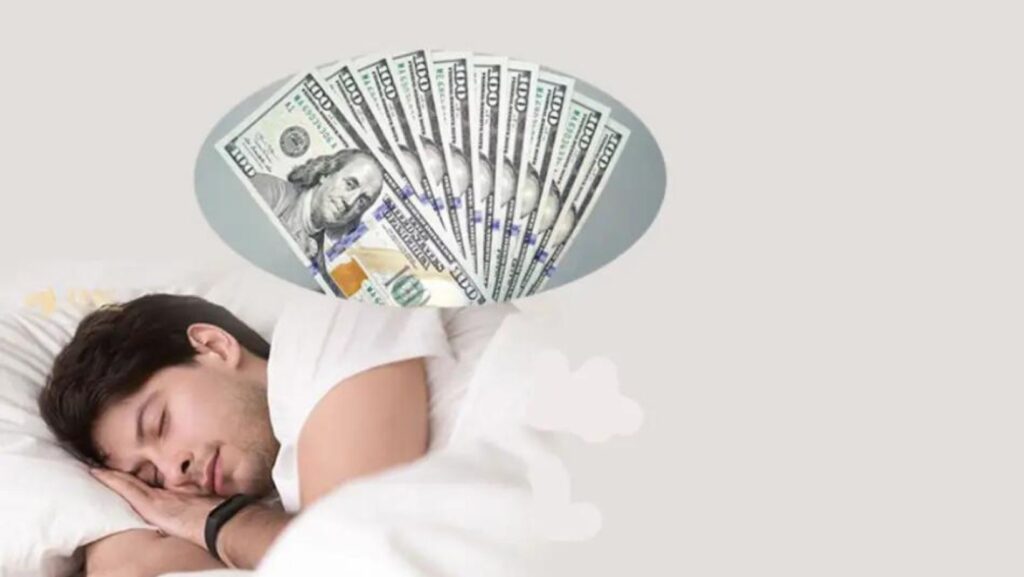
Properties of Money
As we delve into the fundamental concept of properties of money, understanding its properties is crucial. Money serves various purposes in an economy, acting as a medium of exchange, a unit of account, and a store of value. These functions are the cornerstone of any monetary system.

The properties of money encompass durability, portability, divisibility, uniformity, limited supply, and acceptability. Durability ensures that money can withstand wear and tear during circulation. Portability allows for easy transportation and handling. Divisibility means money can be broken down into smaller units for transactions.
Furthermore, uniformity ensures that each unit of money is the same as every other, maintaining consistency in value. Limited supply helps preserve the value of money by preventing inflation through excessive printing. Acceptability refers to the widespread recognition and trust in the currency’s worthiness, essential for facilitating trade efficiently.
Essential Properties of Money
When delving into the fundamental aspects of money, it’s crucial to understand its essential properties that distinguish it from other forms of value exchange. Let’s explore these key characteristics that define the concept of money:

- Durability: One vital property of money is its durability, ensuring that it can withstand physical wear and tear over time. Whether in the form of coins, paper currency, or digital assets, money needs to remain intact for repeated use.
- Divisibility: Another critical aspect is the divisibility of money, allowing it to be broken down into smaller units for transactions of varying sizes. This feature enables flexibility in trade and facilitates exchanges at different economic levels.
- Portability: Money must possess portability, meaning it should be easy to carry and transfer between individuals or entities. From cash in wallets to digital transfers through mobile devices, the ease of moving money enhances its utility as a medium of exchange.
- Uniformity: Uniformity ensures that each unit of currency is identical in value and form, regardless of where or by whom it was produced. Consistency in appearance and worth simplifies transactions and fosters trust in the monetary system.
- Limited Supply: A crucial property is maintaining a limited supply of money to preserve its value over time. By controlling the issuance and circulation of currency, central authorities can prevent inflation and maintain stability within the economy.
Understanding these essential properties provides insight into why money serves as a cornerstone of modern economies worldwide. The unique combination of durability, divisibility, portability, uniformity, and limited supply makes money an indispensable tool for facilitating trade and promoting economic growth.
The Historical Evolution of Money
Exploring the historical evolution of money provides a fascinating journey through human civilization. From ancient barter systems to modern digital transactions, the concept of money has undergone significant transformations over millennia. Let’s delve into key milestones that shaped the evolution of money:
Barter System Era

In the early stages of human society, people relied on bartering goods and services for survival. This primitive form of trade involved exchanging items based on mutual needs and wants without a standardized medium of exchange. While bartering was essential for fostering relationships and meeting basic needs, it had limitations in terms of convenience and divisibility.
Emergence of Commodity Money
As societies evolved, commodities with intrinsic value such as salt, cattle, or precious metals like gold and silver began to serve as mediums of exchange. This transition marked the shift towards commodity money – tangible assets widely accepted for transactions due to their inherent value. The use of commodity money facilitated more complex economic activities and paved the way for standardized pricing.
Introduction of Coinage
The advent of coinage in ancient civilizations like Mesopotamia, Greece, and Rome revolutionized monetary systems by providing a uniform unit of currency with designated values. Coins made from precious metals became symbols of authority and enabled broader trade networks to flourish across regions. The minting process ensured consistency in weight and purity, enhancing trust in monetary transactions.
